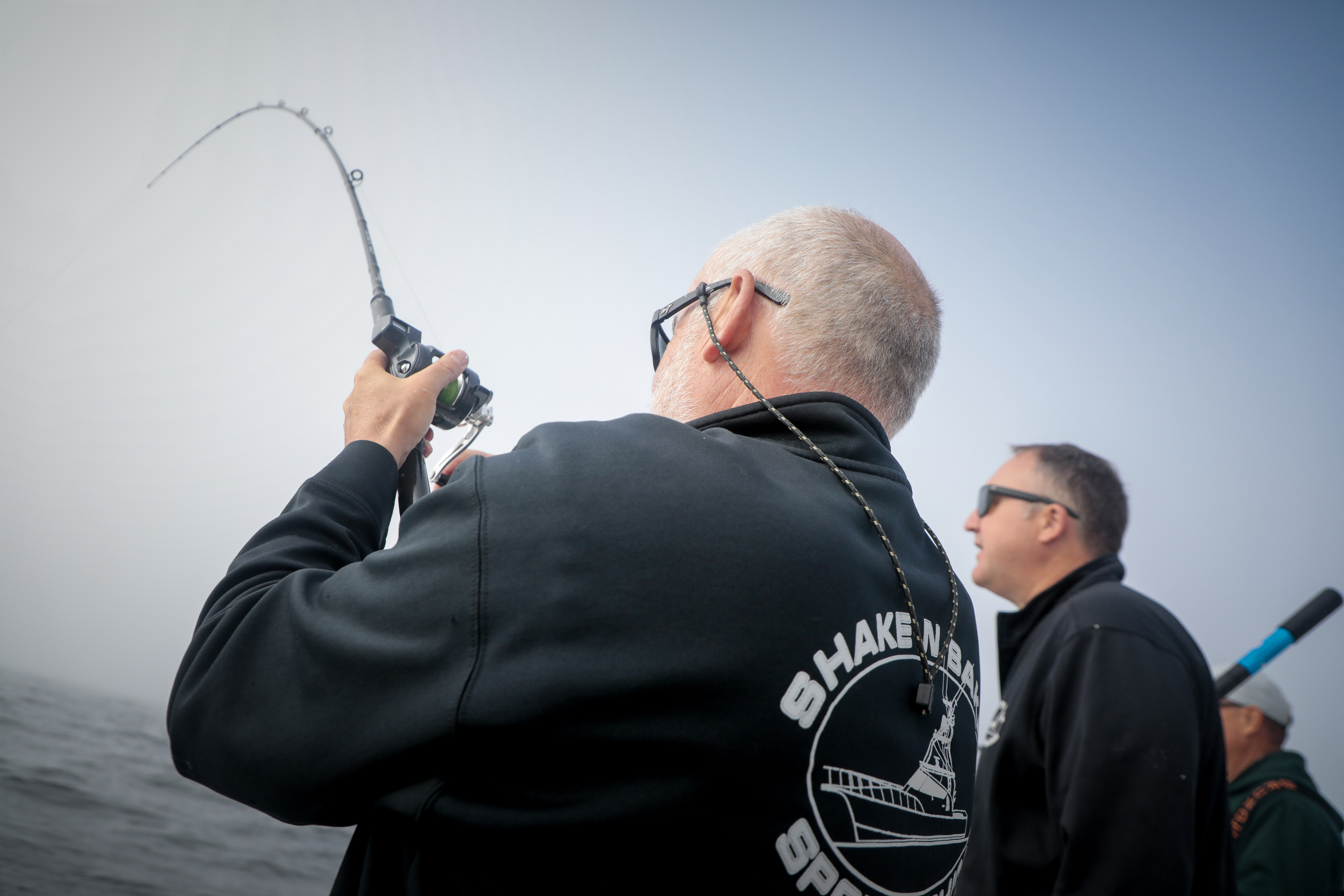Cougar possibly kills deer at Fort Stevens
Published 8:02 am Tuesday, February 10, 2015
HAMMOND — A deer carcass found last week outside the entrance to the historical area of Fort Stevens State Park in Hammond was confirmed to be the result of a cougar kill.
Trending
However, Fort Stevens State Park officials are reconsidering the initial claim this week, saying the deer, a fawn, could have been killed from a number of sources.
“Nobody really knows to be honest,” Park Manager Teri Wing said. “We don’t have enough information to say. It’s all speculation.”
Fort Stevens is just to the southeast of Cape Disappointment, where cougar sighting have also been rumored in recent years.
Trending
Warrenton Police Chief Matt Workman said he was notified by park rangers about the kill last week, then sent an email to the Oregon Department of Fish and Wildlife, who confirmed it.
“The Warrenton Police Department is relaying this information to keep the public informed due to this area being in close proximity to several residential neighborhoods,” Workman said on his department’s Facebook page.
Workman said his department receives about two to three reports per year of possible cougar sightings and found tracks. The calls often come from the Fort Stevens State Park area.
“It’s not unusual. As the city grows and we are spread out into the wilderness areas, we get into wild animals’ hunting grounds,” Workman said.
ODFW tracks cougar activity and make decisions as to whether or not to take any action.
Herman Biederbeck, ODFW biologist in Tillamook, said ODFW did not do a field investigation, but relied on the state park’s report.
Wildlife officials can determine a cougar kill by identifying certain telltale signs.
After a cougar kills an animal it will bury it with leaves or branches, in an effort to hide the carcass for later, Biederbeck said. Another sign is the cougars paw prints.
On Monday, Wing said, the deer carcass was not buried and did not have marks around its neck.
Biederbeck said cougar populations are low in coastal Clatsop County. The highest cougar populations are found in Northeast and Southwest Oregon, he said. In Washington state, cougar numbers have rebounded strongly in recent years. The most recent official report of a cougar in this vicinity was on July 11, 2012 by someone walking their dog on 102nd Place in Long Beach.
“We get reports of an occasional sighting in the general Fort Stevens areas,” Biederbeck said. “There isn’t much evidence of a robust cougar population. They are low density compared to other parts of the state.”
Cougar activity in Oregon made news last week when the Bend Bulletin reported ODFW officials killed a cougar Jan. 30 after they tranquilized and removed it from a tree in southeast Bend. The cougar was a 110-pound, 2-year-old male, according to ODFW.
Officials killed it with a lethal injection rather than relocate it because of where the animal was found — in a dense neighborhood — and its age, the Bulletin reported.
If released nearby, officials said, it may have returned, and if released far away it could have been forced into a territory fight with another cougar.









